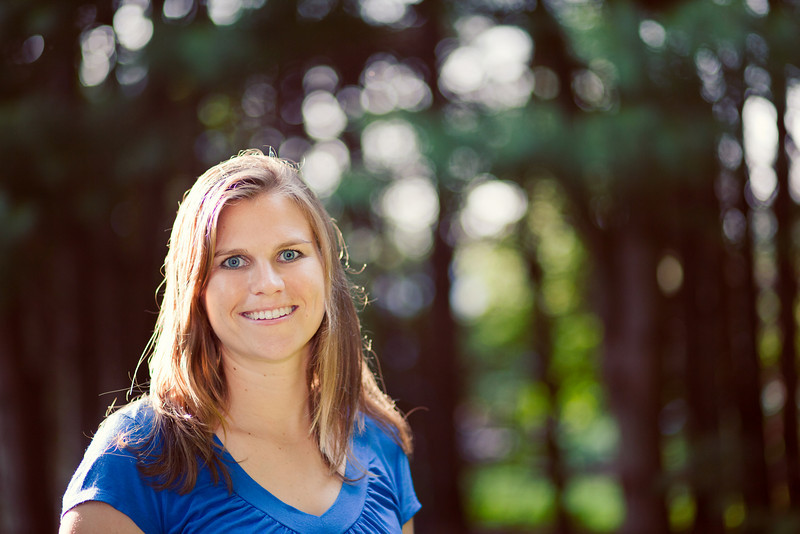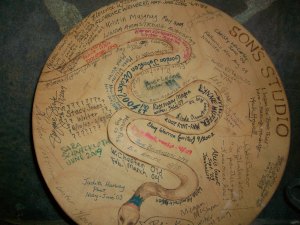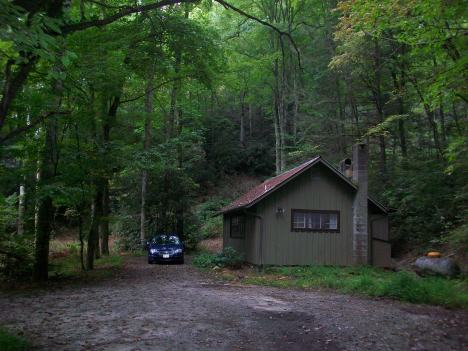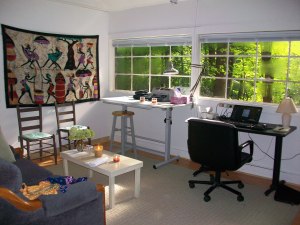Author Dani Shapiro said something in Monday’s interview that struck a chord with me:
The art of memoir isn’t in discovering what happened, but rather, in how to tell the story.
If she’d told me this before I wrote my memoir, I wouldn’t have believed her. Memoir is largely about recounting what happened during a life span. In my case, my travel memoir recounts my experiences over a six-month period. How many ways are there to write about what happened during those six months?
But as I moved forward with this project, the more I wrote and revised, I watched my book turn into something I didn’t expect. The premise — a woman traveling solo through Africa — hasn’t changed; it’s still what I envisioned from the beginning. But where it begins, how it ends and the parts I decided to leave out — most of that was unexpected. I knew what happened, but I didn’t know how I would write the story. I had to get it down on paper to see where it took me.
I remember walking in the woods with a writer named Andrew during my residency at Hambidge. He told me that he had sat in front of his computer the night before to rewrite a chapter, and his character did something he didn’t expect. The surprise had something to do with death — the character had died one way in the first few drafts, and then, suddenly, it seemed he wanted to die differently.
This was all fine and dandy, but Andrew was writing fiction. That will never happen to me, I thought. I’m writing memoir. I always know where the story’s going.
But the next morning — the very next morning — it happened. I typed on my keyboard, trying to figure out how my second chapter would begin, and out spewed a scene that I’d never considered including in my book. It’s about my sister and I, looking at a map of Africa in her apartment, the first time I told her exactly where I planned to go. “What if you get malaria again?” she asked, reminding me of my bout with the illness during my first trip to Cameroon.
That scene works. It still opens Chapter Two. (Although I can’t promise an editor won’t nix it along the way.) And I had no idea it would be part of my manuscript.
Other things reveal themselves through memoir, too — things that are bigger and more important than a scene. While writing this book, I’ve made connections, had realizations and drawn conclusions about my trip, the people I met and myself, ideas I never would have come up with had I not taken the time to reflect with purpose.
Writing a memoir is a journey of self-discovery. You may already know what happened, but in discovering how to tell the story, you’ll also discover pieces of yourself.
What have you discovered through your writing?
Filed under: Hambidge Center, Inspiration, Memoir | Tagged: Dani Shapiro, Memoir, story | 9 Comments »
















